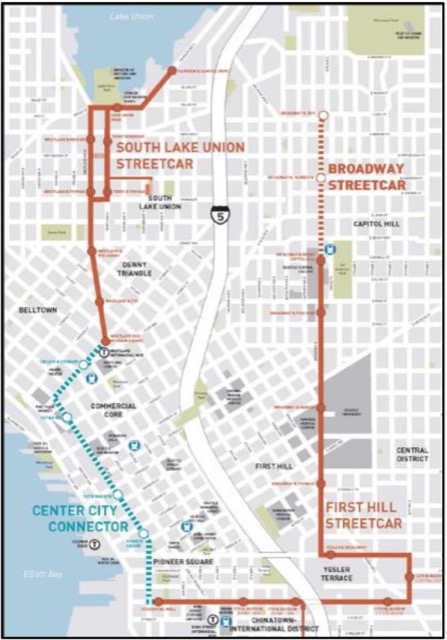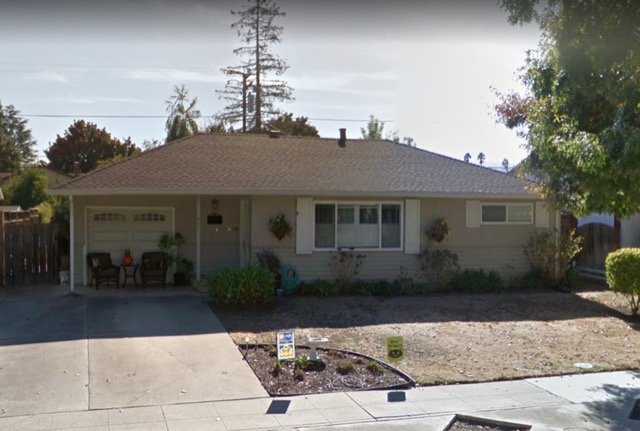A Portland streetcar went off the tracks last week, totaling three automobiles and injuring at least two people. When the streetcar came to a stop, it completely blocked Grand Avenue, one of Portland’s most important north-south streets, and it took authorities close to six hours to unblock it.
With their slower speeds, streetcars would seem to be less dangerous than light rail, which kills roughly 12 people per billion passenger miles, about twice as many as automobiles in urban areas and three times as many as buses. According to the Federal Transit Administration’s safety data, streetcars have killed an average of one person per year since 2011, but most of those have been in Philadelphia, which I consider to be more like light rail than streetcars.
But Portland’s 30-seat streetcars weigh about twice as much as a 40-seat bus, which makes them far more prone to damage other vehicles. According to one rather sarcastic series of articles, when new Portland’s streetcar killed a few people and the tracks are still fairly dangerous to cyclists. Continue reading









